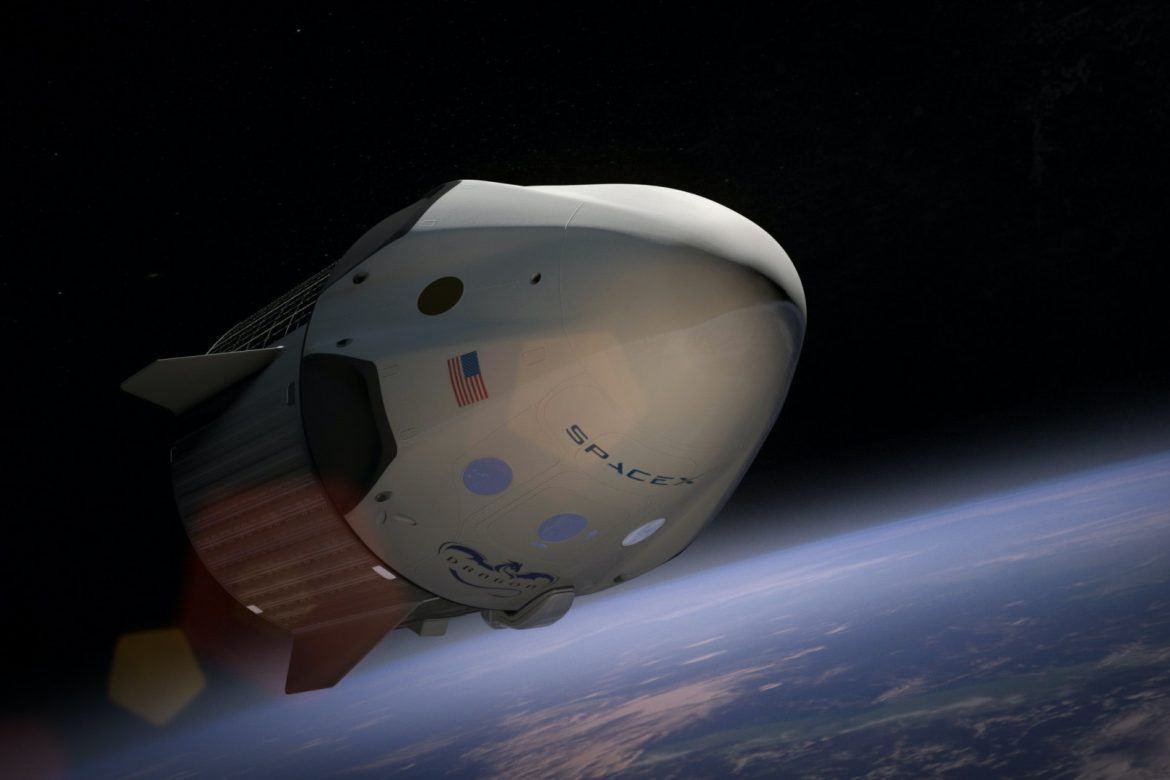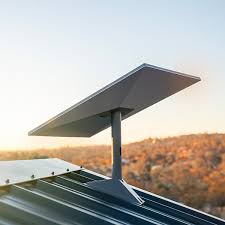
You may have read our previous blogs on Starlink – the satellite broadband internet system from Elon Musk’s SpaceX. This low latency internet option is ideal for rural areas and consists of a constellation of small satellites in a low earth orbit, working with transceivers on the ground.
Last month, SpaceX launched its second generation of Starlink Block v2.0 satellites into Low Earth Orbit. 54 of these satellites have now joined the rest of the constellation, hopefully resulting in multiple improvements to the service, including:
- Better capacity and faster broadband speeds
- Better coverage
- Improved network reliability
- Delivery of mobile phone services from space
What do Starlink customers pay and what service do they get?
UK Starlink customers generally pay about £75 per month, plus the cost of the standard home kit at £460 (including the standard dish and router) in addition to a £40 shipping fee.
The standard Starlink package includes:
- Unlimited usage
- Fast latency times (25-50ms)
- Download speeds of 50-200Mbps
- Upload speeds of 5-15Mbps
With the latest number of subscribers currently at around 1 million – Double what it was just over 6 months ago) it looks like it’s becoming increasingly in demand. It is worth noting that the speeds quoted above may change as the network grows.
What does the latest Starlink launch mean?
Starlink now has about 3,370 satellites in a Low Earth Orbit at an altitude of around 500km. The aim is to have 4,400 LEO satellites deployed by 2024. They also have approval to launch another 7,500 by the end of 2027.
Interestingly, this latest Starlink launch looks like it includes an experimental batch of GEN2 satellites. These second generation satellites aren’t what tech experts were expecting to see as part of the launch, hence why they are being viewed as somewhat experimental.
These trial satellites include some of the improvements wireless engineers were hoping to see from satellite broadband.
Originally, the plan was for the second generation satellites to be launched on board their Starship rocket. These satellites would have seen the following enhancements:
- Bigger – 7m long unfolded and 1,250kg
- Lasers for inter-satellite links
- Ability to use more spectrum bandwidth (e.g. the V band)
- Reductions in brightness through dielectric film
- Larger antenna
- More power and support for connecting 4G and 5G smartphones from space (mobile broadband for voice and data) through twin solar array
However, unfortunately the Starship rocket still isn’t ready. As this would have been the only economically viable way to launch that version of second generation satellites, Starlink decided to adapt these Gen2’s so that they could launch with the Falcon9 rockets which is what we saw in December.
These adapted GEN2’s are actually more similar in form to the first generation satellites. They are smaller than originally planned (just over 300m each) hence why they were able to launch earlier than waiting for the Starship rocket.
Which features are being tested with this set of GEN 2 satellites? It’s not too clear, but likely to include enhancements related to Starlink’s acquisition of SWARm Technologies. Their tiny pico satellites were for connecting small IoT devices, utilised for agricultural sensors, buoys in the sea and smart energy metres.
Whilst we may not be getting all the benefits that would be expected from GEN2 in this current form, SpaceX are preparing something intermediary in the form of a v2 mini which will weigh around 800kg and be 4.1m x 2.7m in size. Benefits such as improved bandwidth are likely to come along with this form.
Why are we interested in the latest Starlink satellite launch?
Here at Geekabit we strive to offer the very best wireless broadband connectivity to our clients – Wherever they are based.
With this in mind, we will be starting to offer Starlink satellite internet for hire. This will be especially useful for those running temporary events like festivals, rural press launches, sports events and film crews.
All events depend on excellent communications and we are passionate about providing reliable internet access for some of the most prestigious events names in the UK. Keeping you connected is our passion.
For more information and to find the best solution to suit your internet needs, please get in touch with one of our event Wi-Fi experts – We’re here to get you connected.



